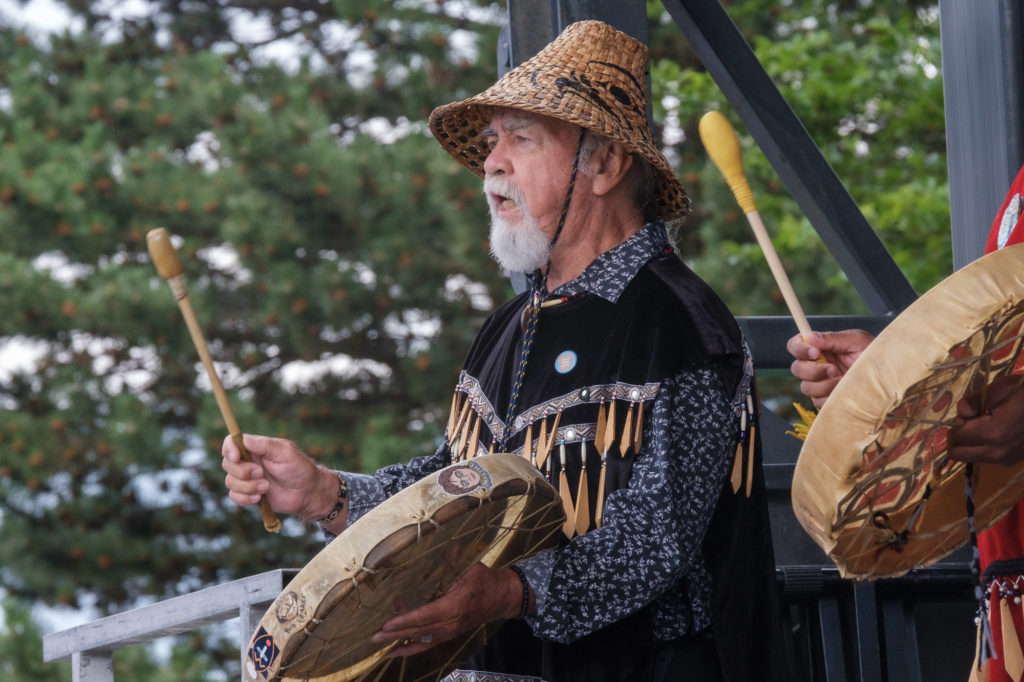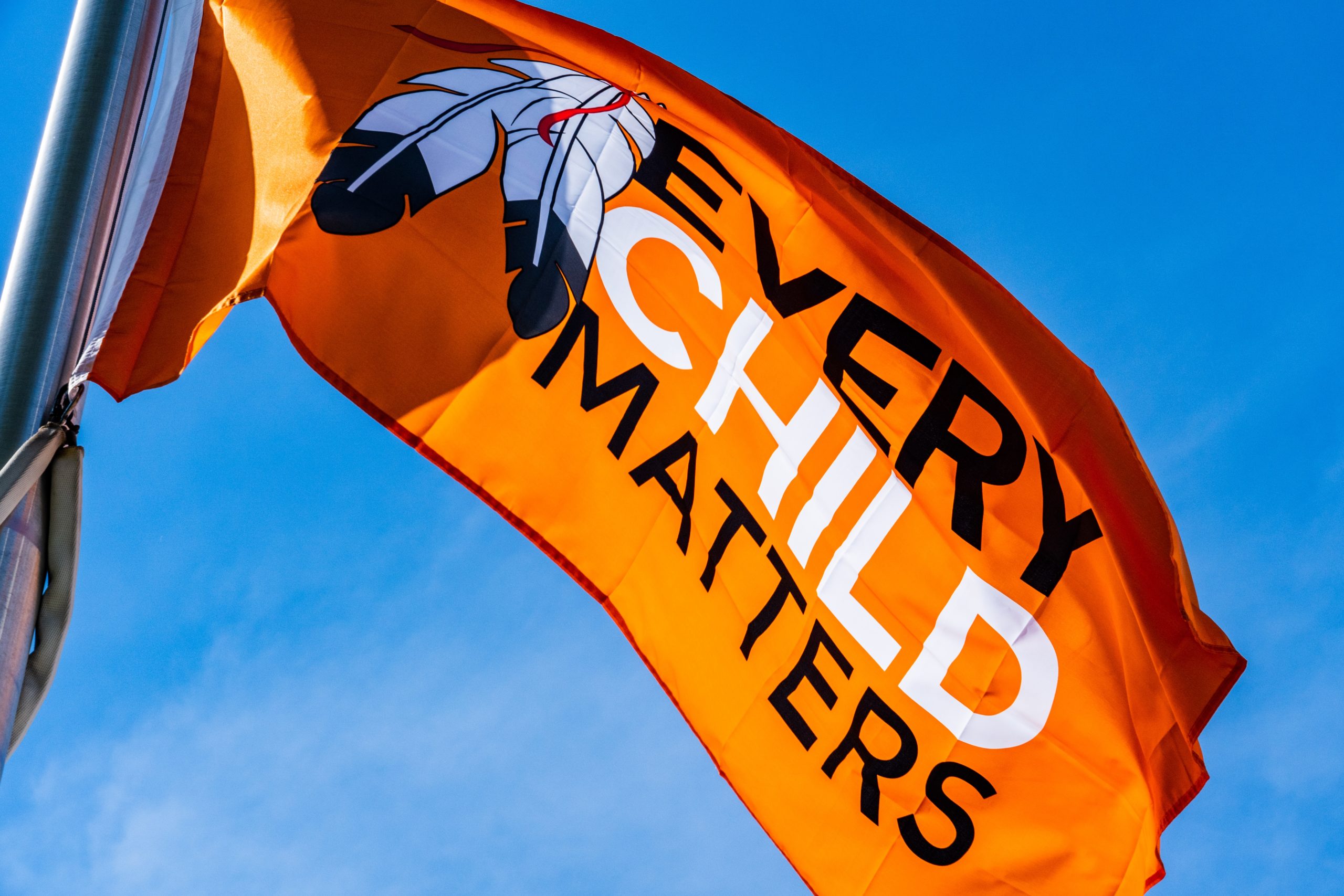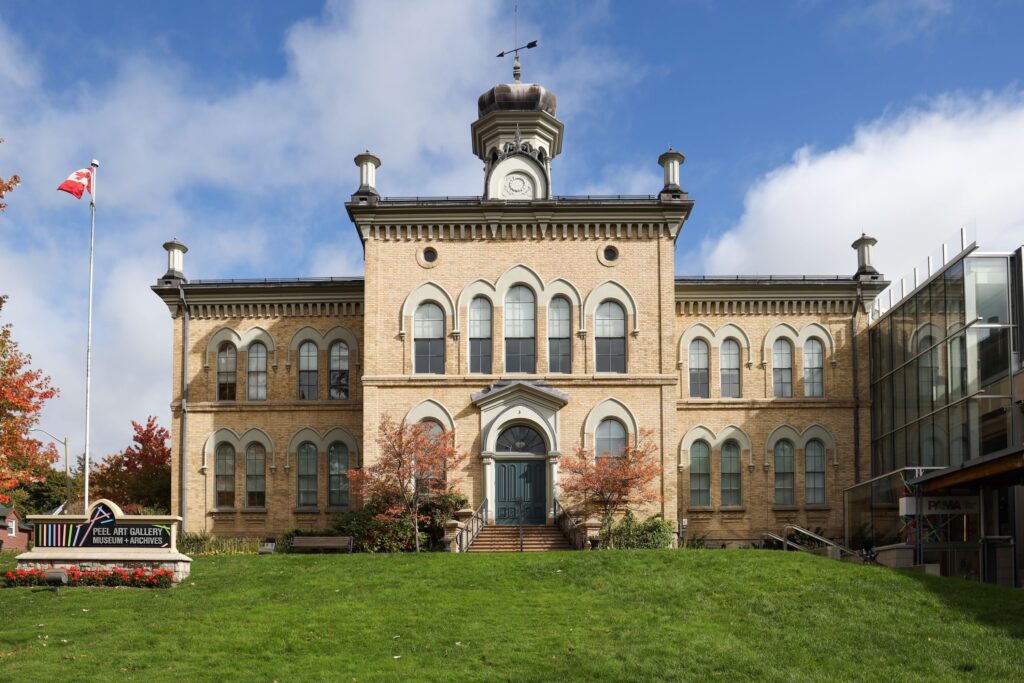As newcomers to Canada, you have embarked on a journey of learning and discovery about your new home. Alongside this process, it’s also vital to explore the history, significance and ongoing efforts of Truth and Reconciliation with Indigenous peoples. In this blog post, we will provide you with a brief overview of the Truth and Reconciliation Commission (TRC) and its calls to action. Additionally, we will recommend some resources that can deepen your understanding of this movement and empower you to contribute positively.
History of Truth and Reconciliation
The Truth and Reconciliation Commission of Canada (TRC) was established in 2007 as part of the Indian Residential School Settlement Agreement. Indian Residential Schools, which operated from 1831 to 1996, were institutions where Indigenous children were forcibly placed, with the aim of assimilating them into Euro-Canadian culture. These schools were operated by the federal government and various churches, with attendance being mandatory and enforced by the RCMP. The children were subjected to harm, abuse, and neglect.
In 2015, the TRC released its final report, which included 94 Calls to Action. These Calls to Action are aimed at redressing the historical injustices and fostering reconciliation between Indigenous and non-Indigenous peoples. As of early 2023, the Canadian Government has completed 13 Calls to Action.
Calls to Action for Newcomers
The TRC’s final report includes two Calls to Action specifically addressing newcomers to Canada. Call to Action 93 emphasizes the need for an updated information kit for newcomers and an inclusive history of the Aboriginal Peoples of Canada in the subject matter related to citizenship test. Call to Action 94 calls for an update to the Citizenship Oath to include upholding treaties with Indigenous Peoples. In response, the federal government passed Bill C-8, which revised the citizenship oath in June 2021.
Why Reconciliation Matters to All Canadians
Reconciliation is not solely the responsibility of Indigenous communities or the government – it is a vital journey for all Canadians, including newcomers. By actively participating in reconciliation, newcomers can contribute to building a more inclusive and harmonious society, where the rights, cultures, and perspectives of Indigenous peoples are respected and celebrated.
What Can I Do as a Newcomer?
Newcomers have a unique opportunity to engage meaningfully in the reconciliation process and contribute to positive change. Here are some ways to participate:
Educate Yourself
Take the time to learn about Indigenous histories, cultures, and contemporary issues. Seek out books, articles, films, and educational resources that provide diverse perspectives and foster a deeper understanding of Indigenous experiences in Canada.

Books & Reports
Up Ghost River: A Chief’s Journey throught the Turbulent Waters of Native History by Edmund Metatawabin (Cree) and Alexandra Shimo
21 Things You May Not Know About the Indian Act by Bob Joseph
Indigenous Writes: A Guide to First Nations, Métis, and Inuit Issues in Canada by Chelsea Vowel
Reports compiled by the National Centre for Truth and Reconciliation
United Nations Declaration on the Rights of Indigenous Peoples
Documentary Films and Videos
Legacy of Hope: Truth and Reconciliation Allyship
“We Were Children” (2012)
“Trick or Treaty?” (2014)
“Colonization Road” (2016)
“nîpawistamâsowin: We Will Stand Up” (2019)
Online Courses
University of Alberta’s Indigenous Canada course – Coursera
Aboriginal Worldviews and Education – Coursera
Reconciliation Through Indigenous Education – edX
Listen and Learn
Engage in conversations with Indigenous individuals and communities. Listen to their stories and experiences. By actively listening and learning, we can all broaden our perspectives.
Support Indigenous Initiatives
Show support for Indigenous businesses, artists, and organizations. Attend cultural events, purchase Indigenous-made products, and participate in initiatives that promote Indigenous rights, economic empowerment, and cultural preservation.
Here are just a few of the Indigenous-owned companies you can check out:
SECTION 35 (Fashion)
Indigo Arrows (Modern home good with Indigenous designs)
Sisters Sage (Handmade wellness products using traditional Indigenous ingredients)
Advocate for Change
Use your voice to advocate for policies and practices that promote equity, justice, and reconciliation. Support initiatives that address systemic barriers faced by Indigenous communities and contribute to meaningful change at local, regional, and national levels.

Remember, the process of learning and understanding takes time. Take the opportunity to engage with these resources and explore different perspectives. Listen to Indigenous voices, attend local cultural events, and participate in community initiatives. By doing so, you can actively contribute to the reconciliation journey and foster a more inclusive and equitable society.





